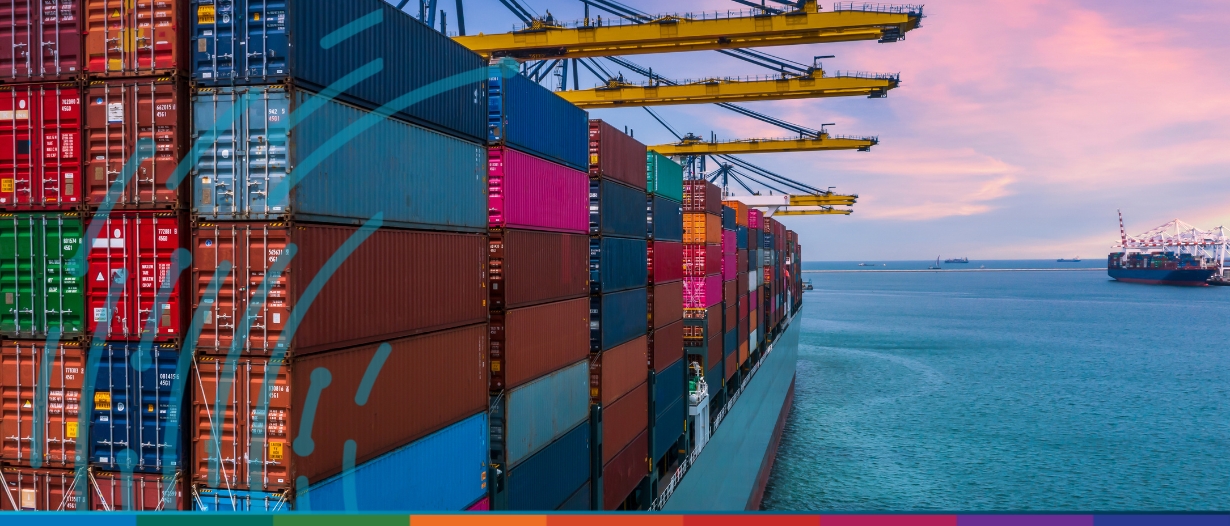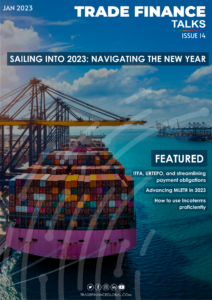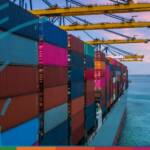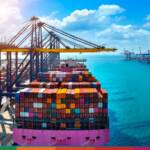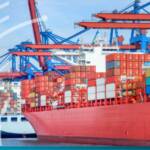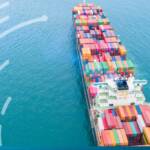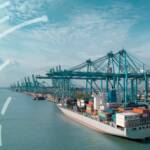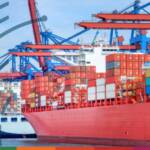Estimated reading time: 3 minutes
Uncertainty in the high seas: how international trade can survive 2023
Permacrisis was crowned word of the year by the editors of the Collins English Dictionary at the end of 2022, defined as “an extended period of instability and insecurity”. It seems an appropriate term to describe the state of global trade, finance, and supply chains as we enter 2023.
There is a growing sense of uncertainty and instability worldwide, and decision-makers are left wondering if this hazy state of affairs is here to stay.
The start of the year is often a time for reflection, setting resolutions and taking a forward-looking view of the months ahead. Mirroring my personal aspiration for a ‘damp’ January, the outlook for trade also appears somewhat damp (rather than dry January, I have opted for a reduction, rather than a full withdrawal of alcohol consumption this month).
Predictions for 2023 hint towards a looming global recession, with inflation rates at their highest levels since the 1980s and the geopolitical situation remaining tense, spurred by the destructive escalation of Putin’s lingering invasion of Ukraine.
While many areas of the world must come to grips with precarious future outlooks, others seem poised to flourish. Experts are predicting higher than average growth rates for trade in some parts of Africa, thanks to debt restructurings, multilateral support and resilient commodity prices.
On the heels of interviews with industry leaders and experts, this latest issue of Trade Finance Talks Magazine offers an inside scoop into the current state of trade affairs.
Our featured section is intertwined with predictions and discussions on the impact of China commodity flows, how shippers and carriers are navigating unpredictability and IMO regulations in 2023…
We then move into the sea with a focus on the megatrends hitting the shipping, freight, and port operator community. At this year’s Davos, there was a renewed focus on prioritising the Global Biodiversity Framework’s (GBF) 30×30 and making good out of WTO fisheries subsidies, plastic pollution, and the ocean-climate nexus.
But for trade and treasury, this new years resolution will be hard to achieve. Tracking and reporting on scope 3 emissions is a hugely complex task, forcing technological advancements across supply chains.
Despite the seemingly unending new years resolution list, there are silver linings to be found across the trade space – particularly regarding the advancement of technology.
Policymakers in several countries have been making continued progress towards enacting MLETR-inspired legislation, which will be a significant catalyst for further digital improvement in the industry.
As we navigate the tumultuous waters of global trade in 2023, it will be essential to keep an eye on these developments and their potential to bring stability to an already permacrisis state of affairs. All aboard!
Once again, we thank all of our sponsors, associations and partners for their support of Trade Finance Global.
Deepesh Patel, editor, TFG
Carter Hoffman, assistant editor, TFG















